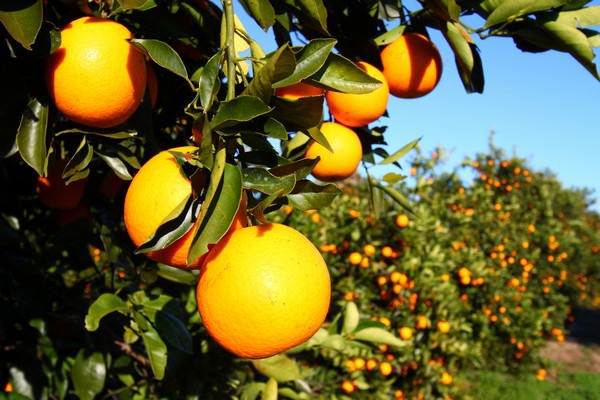The Australian citrus harvest will start with mandarins at the end of April/ beginning of May. The orange harvest will start at the same time, with the first of the export crop to be harvested in the 3rd week of May.
“The Australian crop is looking good,” according to Neil Barker from BGP International. “There is not much citrus grown in the areas affected by flooding and heavy rain. The mandarin crop in Queensland enjoyed good rain but had no flood damage, Mildura and Sunraysia in Victoria also had good rain.”

Neil said that the biggest challenge for exporters this season will be the massive cost of shipping. “Australia ships a lot of mandarins to the Middle East where the cost of shipping has increased from 2500 USD to 9000 USD, this has always been a difficult market but with a 6000 USD increase in shipping costs, combined with long delays in transit, it will be very tough.
“With Australian Imports from USA, it is not unusual to see a transit delay of up to 2 weeks. This has a big effect on the quality of the fruit on arrival and leads to consumer rejection.”
While Australia has not been able to ship to Russia for years, the repercussions will be felt across the other markets.
“We are shipping Egyptian oranges at the moment. Normally the larger sizes would go to Russia but now that is very difficult and has resulted in stockpile of unsold fruit. With cool-rooms full, packers have to stop packing or get stuck with the big sizes which they can’t shift and this limits availability for other markets. South Africa would normally send 10% of the crop to the Russian market and, if they can’t find other markets for this fruit, it will have huge knock-on effect. China may take more large sizes but only class one fruit. If people are forced to discount the price this will cause a big problem when combined with the big shipping rates.”
It is thought that the long delays in transit will be with us for quite a while as it not just the reduced staffing levels at the ports which causes them. “There are big delays in transhipment ports such a Singapore, when a vessel arrives late then the containers miss the connecting vessel and may have to stay in port for a week until the next vessel arrives to take them to the end destination. This causes significant overcrowding at the terminals.”
 For more information:
For more information:
Neil Barker
BGP International
Tel: +61 3 9686 3300
Email: [email protected]
www.bgp.com.au
